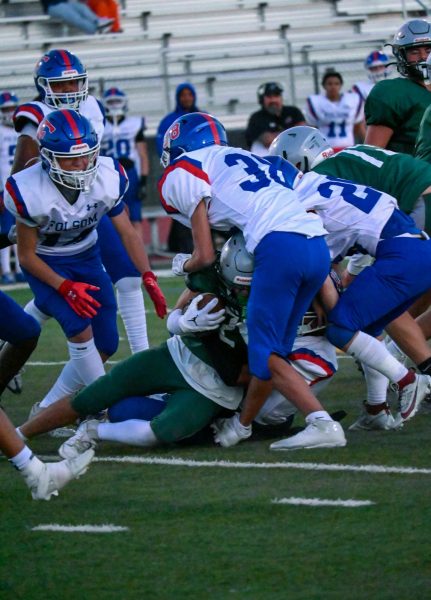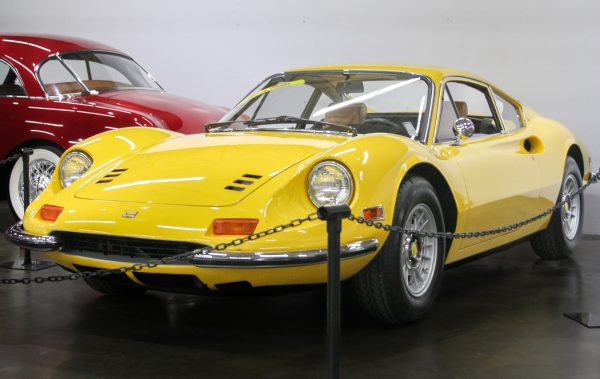Political divisions spark in-class debate
Government classes at GBHS filled with more politically vocal students in opposing parties
GBT.org illustration/SOPHIE CRISCIONE and BELLA KHOR
This year’s government classes at GBHS seem to be filled with more students on the far ends of the political spectrum then usual, and political beliefs are expressed more openly on campus.
Of all the divisive, schismatic topics that society is burdened with being asked to discuss, politics has always been at the top of the list. Even though we all share so much in common, why do our ideologies hold us back from healthy discussions?
As a teenager, it might be difficult to comprehend the “big picture” of politics, but that doesn’t mean it’s impossible. Government and economics courses hope to tackle this by offering discussions and debates as well as providing an education on the state of politics to help students form opinions.
The debates that take place in class are intended to function as a way to hear both sides of an argument. Unfortunately, the intentions of a course and the events which take place within can be two entirely different entities.
“I mostly notice Granite Bay High School’s political divide in my government class,” said senior Blayke Wilkerson, current leader of GSA, the Gender and Sexuality Alliance club on campus. The club’s main focus is to provide a safe space for LGBTQ+ students who might not find the support necessary from home.
Instead of focusing on civil discourse, government classes this fall seem to be more toxic than in previous years.
“There isn’t very much middle ground,” Wilkerson said. “Most (students) are either on the far left or far right. I think the 2016 election definitely hammered that in.”
Wilkerson isn’t the only student who has seen students at the extremes of the political spectrum.
“In my government class, we took a (political) ideology test from 1 to 10 and a lot of people got (the) extremes, as well as a lot who were in the middle,” said Nathan Wong, co-president of the Young Americans for Freedom club, a gathering place for like-minded Republicans.
Rather than there being a divide, Wong said he believes the GBHS political spectrum is evenly distributed across all parties, with just a higher amount of more extreme ideologies being passed around than considered typical.
These extreme ideologies can clash in more places than just classrooms. During this year’s Club Rush, the Young Americans for Freedom were sandwiched between the tables for GSA and the High School Democrats – while it might have made sense to have clubs with a similar focus next to each other, there was also the potential for conflict.
Although rumors of polarizing drama breaking out ran rampant during Club Rush, Wong said that was an exaggeration.
“People thought we were trying to one-up each other, but we really weren’t,” Wong said. “We were waving a flag to demonstrate our pride for our club.”
Some critics say say the hyper-sensitivity of the current political environment is actually silencing students instead of engaging them.
“I feel like there are so many kids on our campus who are disinclined to discuss politics because of the drama they’re afraid of causing, to the point of acting against their own self interest,” said Rathip Rajakumar, a politically active senior. “You shouldn’t have to be afraid of your own political opinions, and we shouldn’t be morally accepting of political ignorance.”



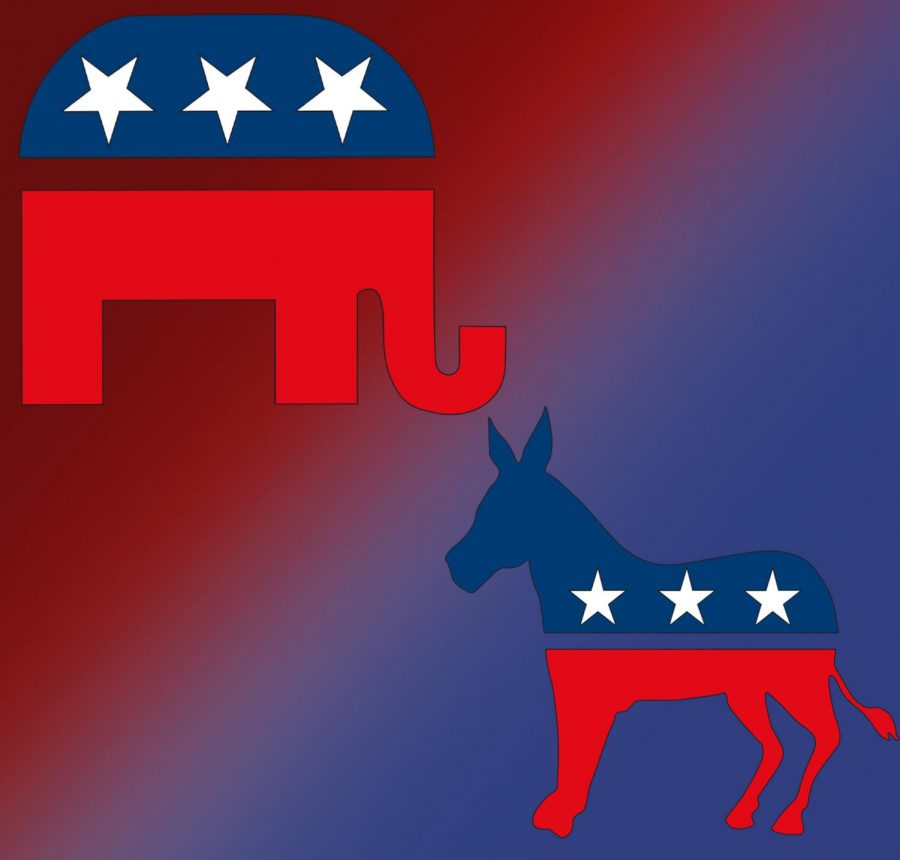
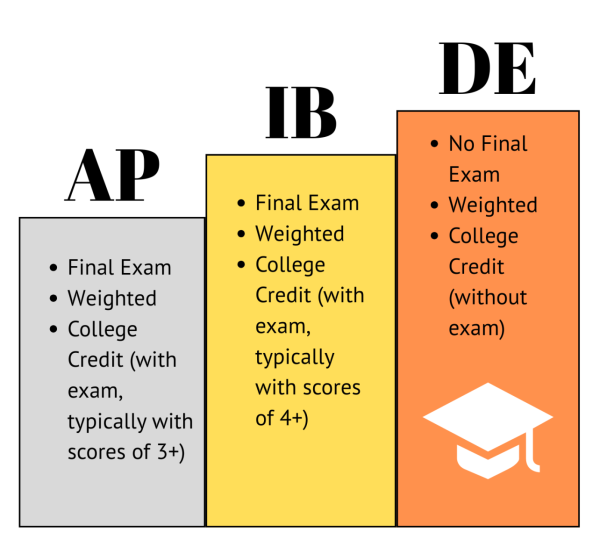
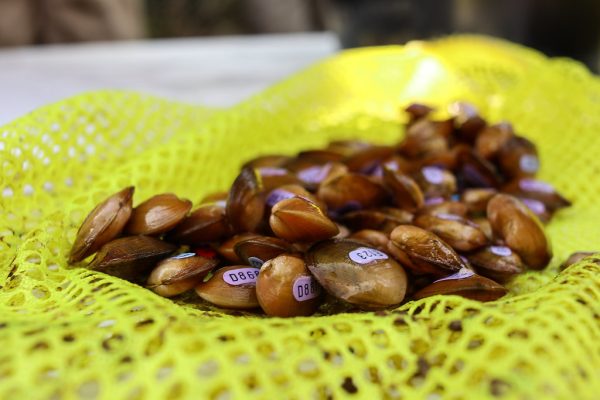
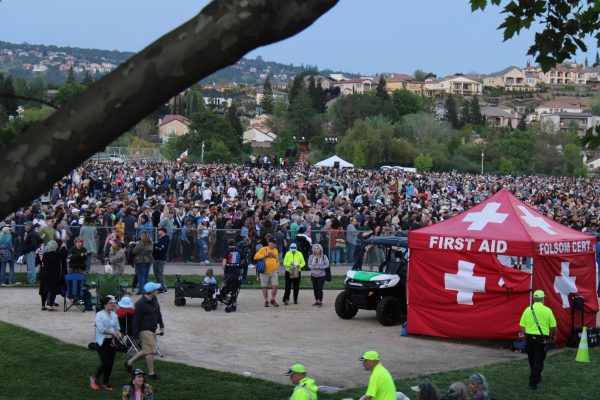

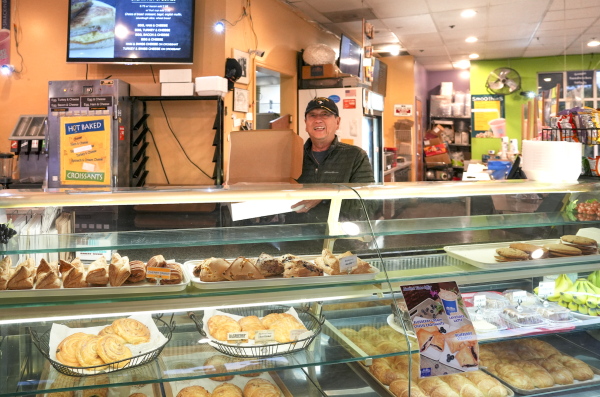
![A group photo of all students who came to STN at the first Cinefest of STN were they showed films that other schools did for some of the competitions.
"[my favorite moment was] crazy 8 or cinefest or socializing." Elliana Montez a freshman at GBHS](https://granitebaytoday.org/wp-content/uploads/2025/03/CgHlLzxuCLXTL8GUeOFSXTK2JFtSMxUFrH6bnLcM-600x450.jpg)

